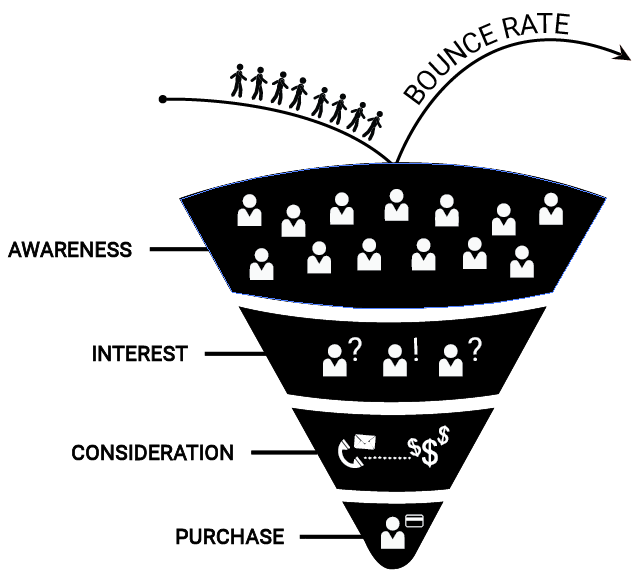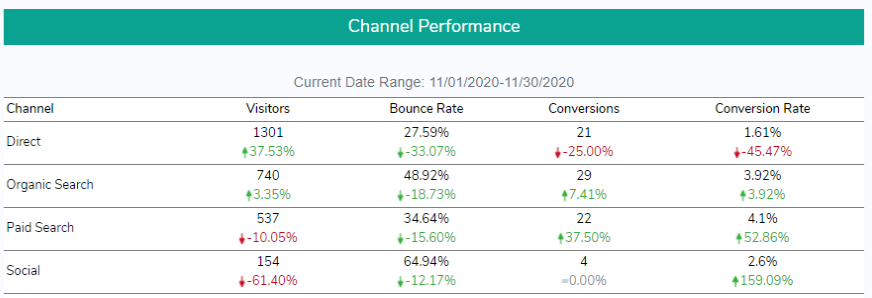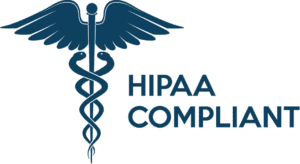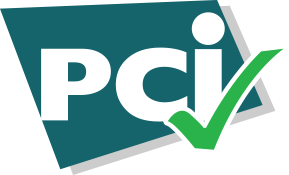This is a common problem where the code is installed incorrectly, or the goals setup wrong and not tracking your analytics correctly. The only way to fix bounce rate issues caused by tracking is to fix the code and install correctly. Most websites have analytics and Tag Manager installed by a webmaster and not an analytics professional. Just because your webmaster knows how to copy and paste code does not mean they know how to configure your analytics tracking, conversion tracking, or custom reporting.
100% Bounce Rate in Google Analytics Understanding the Problem and Solutions
They Came. It Sucked. They Left.
Bounce rate is caused by 3 things:
1) Poor landing page
2) Wrong audience
3) Technical Setup issue
Bounce rate will vary by keyword, page, device type, and traffic source.
Bounce rate is an extremely expensive problem to have as you drive traffic to your website only to have the prospective customer leave right away.
In a nutshell bounce rate means the visitor came and looked at only 1 page and then left your website.
To understand bounce rate, you must understand the correct definition based on how Google Analytics/Tag Manager track and measure bounce rate bounce rate is when a visitor lands on a web page (expressed in percentage), where the visitor only viewed one page and then exited your website without any interaction on the site based upon the visitors time stamps. Time stamps are set when a visitor goes from page to page.
A common problem that most website owners notice in their Google Analytics profile is website traffic with 100% bounce rate and 0:00 time on site.
Are you losing customers with a poor online experience?
This free tool scans your website and immediately provides a breakdown of your main funnel components with our proprietary Funnel Health score with recommendations which directly help you improve your bounce rate!
"*" indicates required fields
Common Assumption: These are spiders and bots crawling the website.
Google Analytics doesn’t show crawlers/spider visits because Google Analytics uses java script to write the cookie that tracks visits to a site, and 99% of spiders/crawlers do not process java script.
Therefore, the traffic data you are receiving with 100% bounce is from “human” visitors that are abandoning your website from the page they entered.
If you are noticing 0:00 time on site or sources of traffic with 100% bounce rate, you have the basic Google Analytics installation and you are not using the analytic software to the fullest of its capabilities.
First, let me address why this problem is occurring. Google Analytics tracks visitors based on page views and can only calculate the time on your site when the visitor clicks to at least one more page.
Example 1: Visits page 1 for 1:09 | then visits page 2 for 0:30 seconds
= time on site 1:09 minutes

How to Fix a High Bounce Rate
A website with a good bounce rate will typically see the site average bounce rate at 40% or lower. The companies who do the absolute best at marketing and sales funnels will see bounce rates in the low teens.
If you bounce rate is between 60 to 80% you should be getting some results, but not great results. However when you have bounce rates in the 90 to 100% range, it basically means you are failing to attract your visitors deeper into your sales funnel. Its a indicator an unhealth funnel that is caused by poor landing pages, wrong keywords or audience targeting and many times even a technical issue.
Analyze bounce rate by segments

Funnel Science linked with Google Analytics makes drill downing to specific audiences, keywords, geographies to better understand where you have the worst performance. Then you can optimize to block out irrelevant or low value traffic. Specifically blocking IP address, bad phone numbers, robo callers, bots, or countries where you have junk traffic with no probability of making a sale.
Landing Pages
Almost every business leader or marketer would agree the number 1 goal of their website is to increase sales either online or off. A high bounce rate means the website is not achieving that goal. It means the customers are looking at the webpage, conclude they don’t like it, and then leave.
When you are reviewing your analytic reports, you should not look at one metric alone as it does not give you an accurate perspective. A high bounce rate is indicative of a much larger problem and requires that you also review time on page, average number of page views, and page exit rate.
When your landing pages have high bounce rates, it generally means the content does not match the expectations of the website visitors who searched on and clicked for that keyword. You will need to further review the landing page and keywords to determine how to lower your bounce rate.
FIX Your Bounce Rate Test Your Funnel Health in 60 Seconds!
"*" indicates required fields
Audience Targeting
Almost every business owner or internet marketer would agree the number 1 goal of their website is to increase sales either online or off. A high bounce rate means the website is not achieving that goal. It means the customers are looking at the webpage, conclude they don’t like it, and then leave.
When you are reviewing your analytic reports, you should not look at one metric alone as it does not give you an accurate perspective. A high bounce rate is indicative of a much larger problem and requires that you also review time on page, average number of page views, and page exit rate.
When your landing pages have high bounce rates, it generally means the content does not match the expectations of the website visitors who searched on and clicked for that keyword. You will need to further review the landing page and keywords to determine how to lower your bounce rate.
Fix Your Bounce Rate and Get More Conversions| Enter Your URL Below for Insights:
"*" indicates required fields




